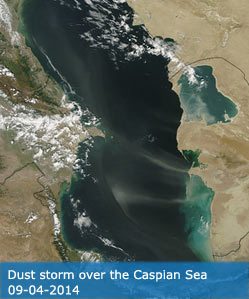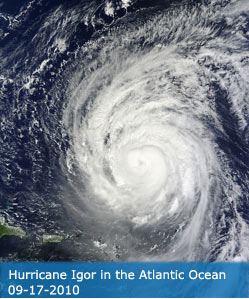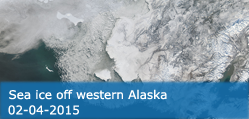Science Team
Publications
Liu, ZH; Zhan, WF; Wu, YL; Li, JF; Du, HL; Li, L; Wang, SS; Wang, CL (2025). Assessment of instantaneous sampling on quantifying satellite-derived surface urban heat islands: Biases and driving factors. REMOTE SENSING OF ENVIRONMENT, 318, 114608.
Abstract
Land surface temperature (LST) acquired from polar orbiters serves as a critical dataset for investigating daily clear-sky climatology of surface urban heat islands (SUHIs). However, these orbiters only capture instantaneous LSTs at specific overpass times within a diurnal cycle, thus limiting the analysis of temporally sensitive SUHI metrics such as daily mean, maximum, and minimum SUHI intensity (SUHII). Consequently, the representativeness of daily clear-sky SUHI climatology derived from these instantaneous LSTs remains unclear, especially across global cities. Here we employ Aqua & Terra MODIS LST data alongside a well-established diurnal temperature cycle (DTC) model to assess such representativeness of daily clear-sky SUHI climatology, primarily based on the SUHII biases estimated from DTC-derived diurnally continuous and satellite-based temporally discrete LSTs across global cities. This approach discloses the fidelity of satellite-derived instantaneous LSTs to in representing daily clear-sky SUHI climatology. We further dissect the drivers of SUHII biases using the LightGBM model and SHAP algorithm. Our results reveal substantial underestimation of daily mean and maximum SUHIIs alongside overestimation of minimum SUHII when compared to the estimates directly based on instantaneous LSTs. The annual global mean SUHII biases for daily mean, maximum, and minimum conditions are 0.21 +/- 0.13 K, 0.51 +/- 0.18 K, and- 0.43 +/- 0.17 K, respectively. We observe substantial seasonal and geographic variability in SUHII biases, with greater SUHII biases during winter, in snow climates, and across Europe and Oceania when compared to other seasons, climates, and continents. Notably, background climate is the principal contributor (34 %) to variation in SUHII bias, followed by surface properties (28 %), urban metrics (20 %), and human activity (18 %). Our findings emphasize the importance and show the feasibility of correcting SUHII biases in daily clear-sky SUHI climatology derived from instantaneous LSTs from polar orbiters across global cities.
DOI:
10.1016/j.rse.2025.114608
ISSN:
0034-4257




